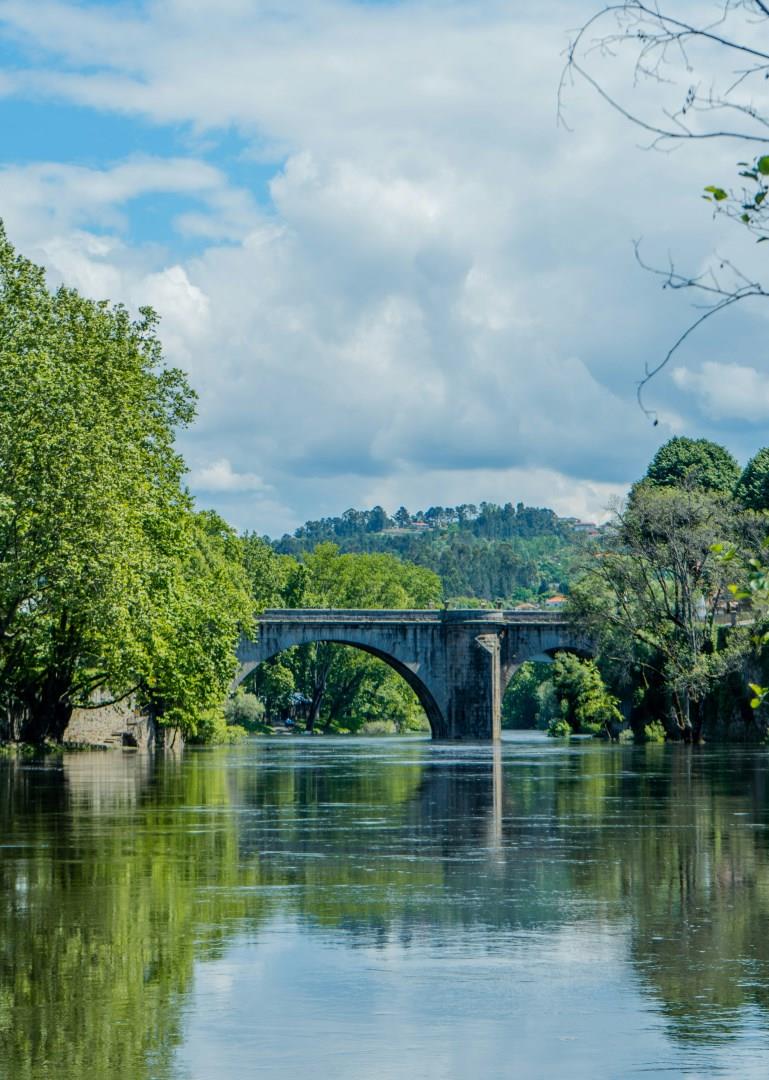Amarante, located in Portugal’s northern region of Tâmega e Sousa, sits quietly along the banks of the Tâmega River, framed by stone bridges, historic churches, and lush hills. The city is best known for its connection to São Gonçalo, a 13th-century monk whose name now graces the arched bridge and the grand convent-church that stands beside it. Pilgrims and visitors alike visit the Igreja de São Gonçalo, where a small niche in the sacristy is believed to help those hoping to marry, a tradition that continues during the town’s annual São Gonçalo Festival each June.
The narrow streets of Amarante’s old town are lined with colorful townhouses, art galleries, and traditional pastry shops. The Amadeo de Souza-Cardoso Museum, housed in a former convent, celebrates the work of one of Portugal’s most innovative modernist painters, who was born in Amarante. The museum also features contemporary artists and rotating exhibitions, offering insight into the region’s evolving cultural identity.
Amarante’s setting between the Serra do Marão and the Douro Valley makes it an ideal starting point for outdoor activities. The Ecopista do Tâmega, a cycling and walking trail that follows a former railway line, leads visitors through vineyards, riverbanks, and small villages. Nearby, the Alvão Natural Park offers waterfalls, granite cliffs, and trails where shepherds still lead flocks along mountain paths, connecting travelers to a slower rhythm of life still present in the region’s interior.


















